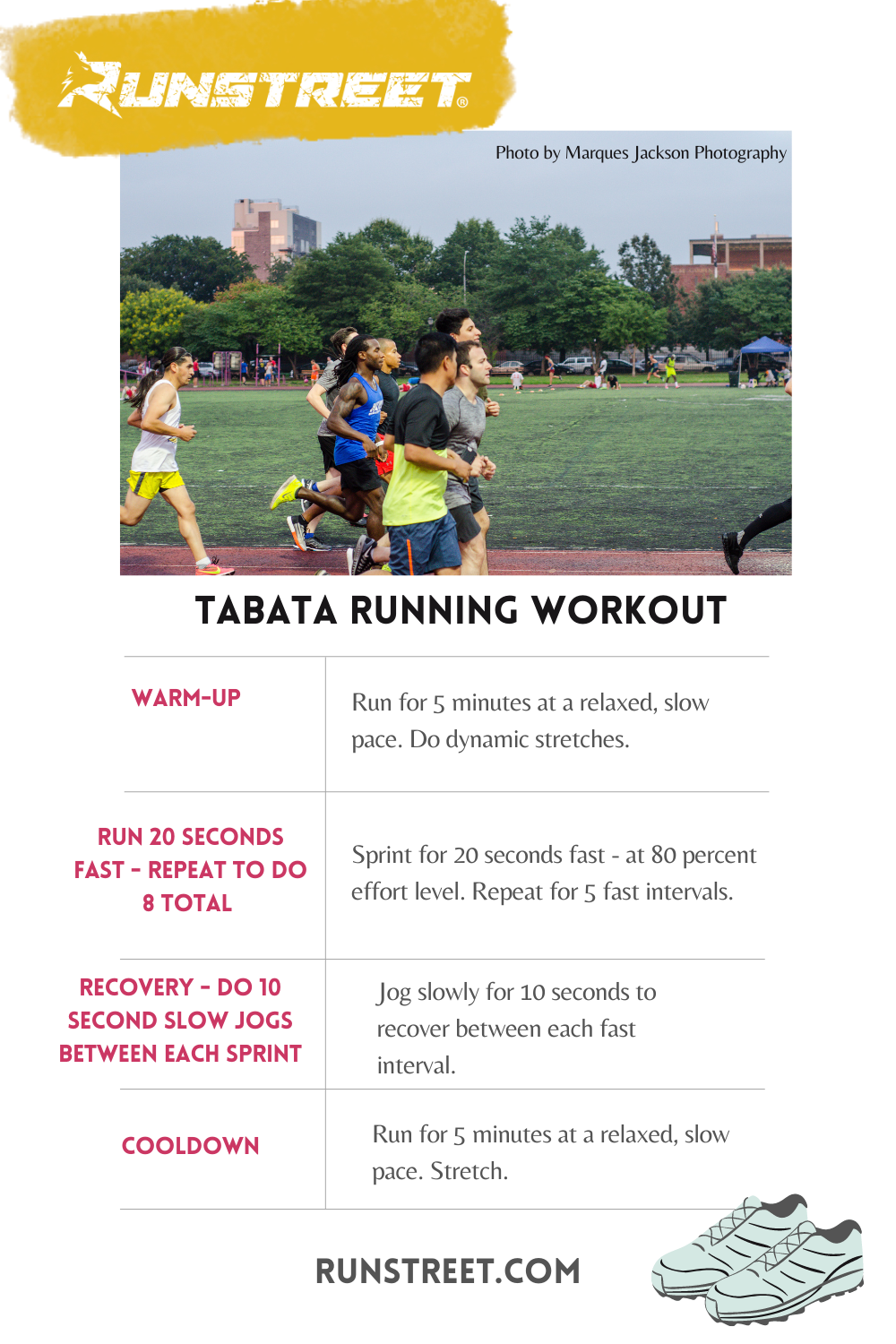Getting Rid Of Pain in Running: Techniques and Strategies That Work
Discomfort is a typical friend for several joggers, usually working as an obstacle to accomplishing their wanted objectives. With the right methods and techniques, it is feasible to get rid of and also stop the pain associated with running. By discovering different approaches such as recognizing the various sorts of running discomfort, maximizing shoes and type, including cross-training and stamina exercises, applying effective recuperation approaches, and preserving appropriate nutrition and hydration, joggers can possibly minimize their pain and enhance their overall running experience.
Comprehending Different Sorts Of Running Discomfort

One more sort of running pain is joint discomfort, which can show up as a sharp or throbbing discomfort in areas such as the knees, hips, or ankle joints (running strategy). Joint discomfort might be triggered by aspects like incorrect running form, overuse, or underlying problems like arthritis (more info). It is necessary to differentiate between muscular tissue soreness and joint discomfort, as the latter may require medical attention to stop more injury
Comprehending the different kinds of running pain is essential for efficient monitoring and avoidance strategies to guarantee a secure and delightful running experience.
Appropriate Shoes and Running Kind
To enhance performance and minimize the threat of running-related injuries, selecting appropriate footwear and preserving correct running form are crucial parts for joggers of all degrees. Appropriate footwear plays a critical role in supplying support, cushioning, security, and protection for the feet and lower limbs. It is suggested to pick running shoes that are specifically designed for the individual's foot kind, running gait, and the sort of running activity they take part in. Obtaining fitted for footwear at a specialty running store can assist make certain the appropriate fit and assistance.
:max_bytes(150000):strip_icc()/running-longer-or-faster-31e97070bda14ffc8afdea52094504c7.jpg)
Cross-Training and Toughness Workouts
Strength workouts, like squats, lunges, and core exercises, play an important role in supporting muscles and improving running performance. They can correct muscle discrepancies, boost agility, and boost power output, all of which are essential for running efficiency.
It is essential to enable for sufficient remainder in between running sessions and cross-training tasks to prevent overuse injuries. By including these aspects into a running regimen, joggers can construct a more powerful foundation, enhance efficiency, and enjoy a much more lasting running experience - my site.
Recovery and Rest Strategies
Having developed the value of cross-training and stamina workouts in an extensive running routine, interest can now be guided in the direction of Recovery and Rest Techniques as essential components for maximizing efficiency and lowering the threat of injuries. (running workout)
Healing after running is essential for muscle repair work and growth. Techniques such as foam rolling, stretching, and massage help in lowering muscle pain and boosting adaptability. Adequate rest in between runs permits the body to recoup and adjust to the physical anxiety, avoiding overuse injuries.
Integrating active recovery days right into a training routine, where low-intensity tasks like strolling or cycling are executed, can improve blood circulation and promote healing without putting excess strain on the muscles. Additionally, the original source proper hydration and nutrition play a crucial role in the recovery procedure by replenishing lost liquids and nutrients.
Quality sleep is one more vital aspect of healing that should not be ignored. Throughout rest, the body undergoes repair service and regrowth processes, contributing to overall physical and mental wellness. By prioritizing recuperation and remainder methods, runners can keep optimal efficiency degrees and reduce the possibility of experiencing discomfort or injuries.
Nutrition and Hydration for Runners
Carbohydrates offer power for running, while proteins help in muscle fixing and healing. Ample hydration is additionally crucial to preserve optimal efficiency, as also moderate dehydration can negatively affect running efficiency. Furthermore, timing meals and snacks appropriately prior to runs can assist avoid intestinal discomfort and provide the needed energy for peak efficiency.
Verdict
Finally, by understanding the various kinds of running pain, putting on proper shoes, preserving proper running form, including cross-training and strength exercises, focusing on healing and rest, and concentrating on nourishment and hydration, joggers can effectively get over discomfort and boost their efficiency. Applying these approaches and techniques can assist runners stop injuries, enhance their endurance, and inevitably appreciate an extra meeting running experience.